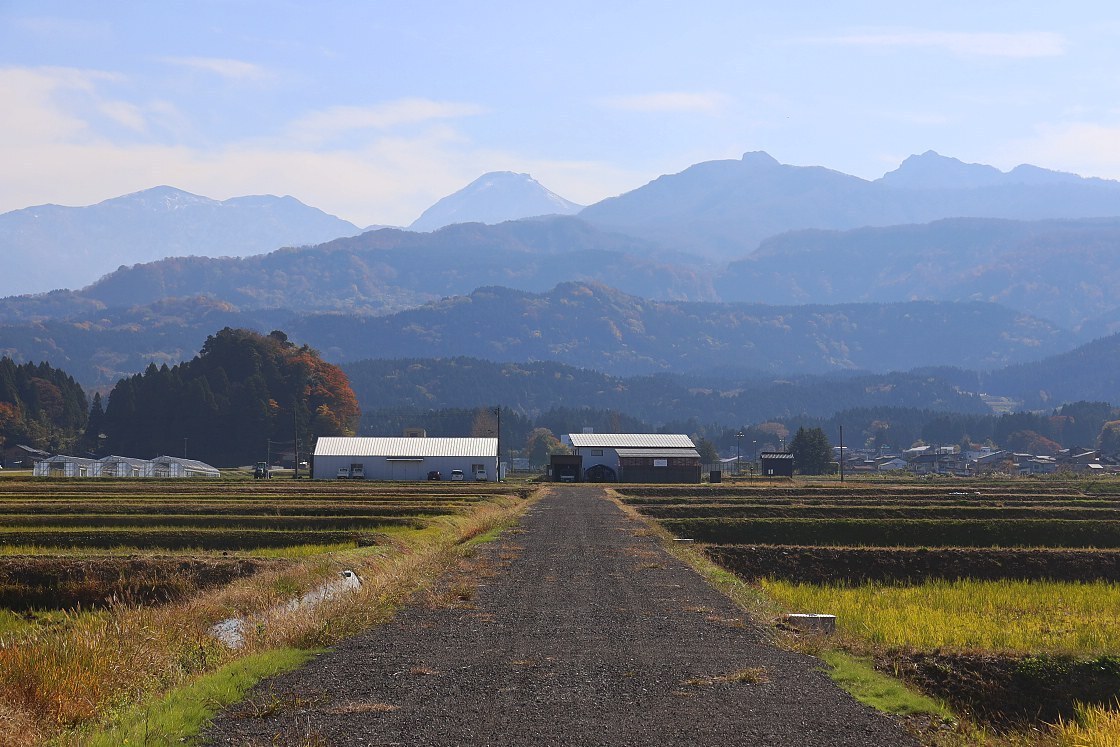Rice, sake and cuisine in Itoigawa
Located about two hours from Tokyo on the Hokuriku Shinkansen in the southwest corner of Niigata Prefecture, Itoigawa is a small city with a distinctly rural feel, surrounded by a landscape as geologically fascinating as it is strikingly beautiful.
Even in a country known for its connection with nature, it's extraordinary just how wrapped up the story of Itoigawa is with that of its topography. The product of unimaginable geological forces, its landscape not only straddles two of the world's continental plates, but sits at the edge of the Fossa Magna - a long-buried ocean that once split Japan's largest island of Honshu in two. In the confluence of these massive natural structures, rich deposits of jade were formed - the only source of gemstone quality in Japan - whose discovery some time in the early Jomon Period gave rise to what may have been the world's first Jade-working culture.
With so many unique features it is fitting that the area was the first in Japan to be designated a UNESCO Global Geopark, and its scenery can today be enjoyed from dozens of hiking trails. Recently I had the opportunity to visit Itoigawa myself for the first time, to learn about two particular gifts from the area's unique soil, climate and topography - rice and sake.
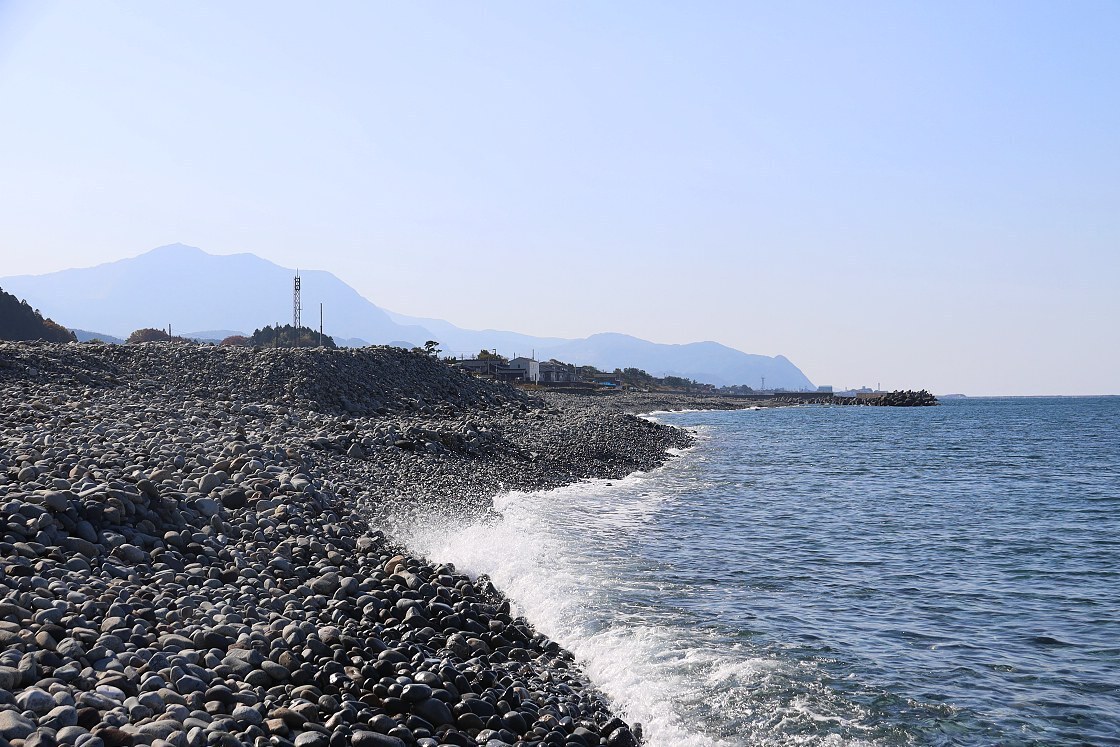
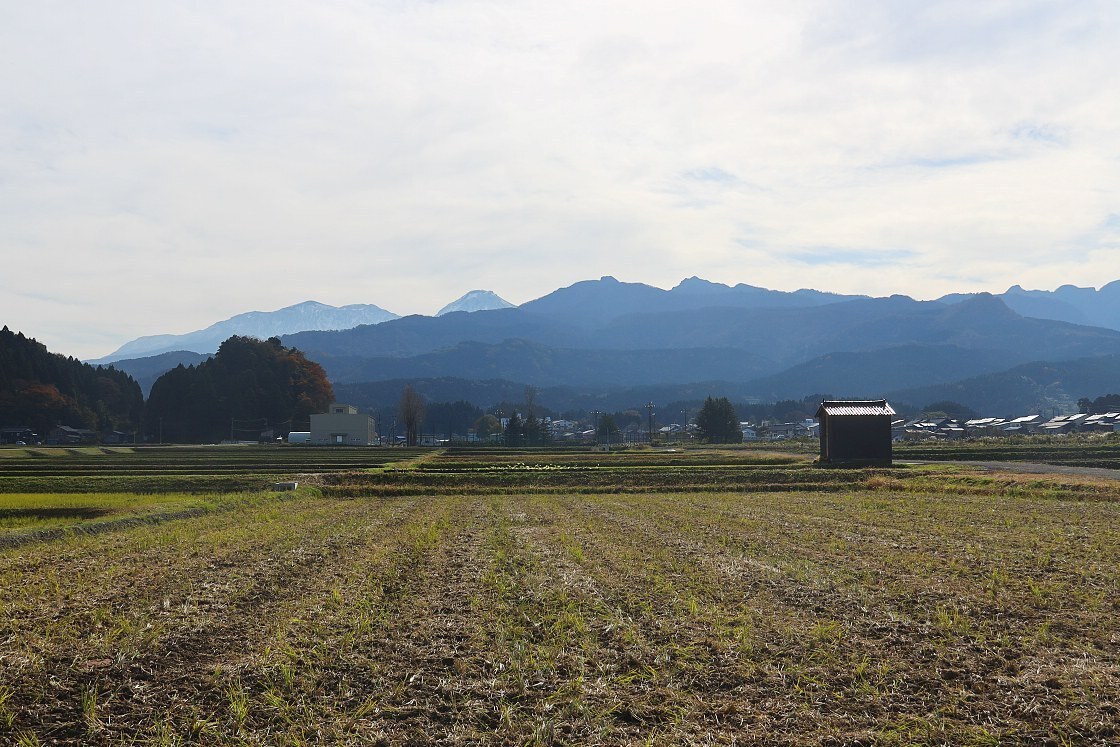
Arriving into the station, I immediately changed to a taxi for the ten-minute ride southeast of the city center, catching brief glimpses of charming wooden houses and the vivid blue of the ocean as we sped past. My first stop of the day was at Seikouen Farm, a family-run enterprise in the middle of the Hayakawa Valley, ringed with steep hills and distant, snow-capped mountains.
My guide at the farm was Yokoi Ai, daughter of the current owner and a highly skilled farmer in her own right. Initially reluctant to join the family business, Yokoi-san came to see a different side to agriculture after graduating and finding work with a corporation in Ibaraki Prefecture: gI think that I was able to realize the true goodness of Itoigawa once I left it, thinking that there was nothing here and that it was inconvenient. Now, I am enjoying the abundance of food that comes from the topography, that it's reasonably close to anywhere, and that everything I do feels new and unprecedented.h
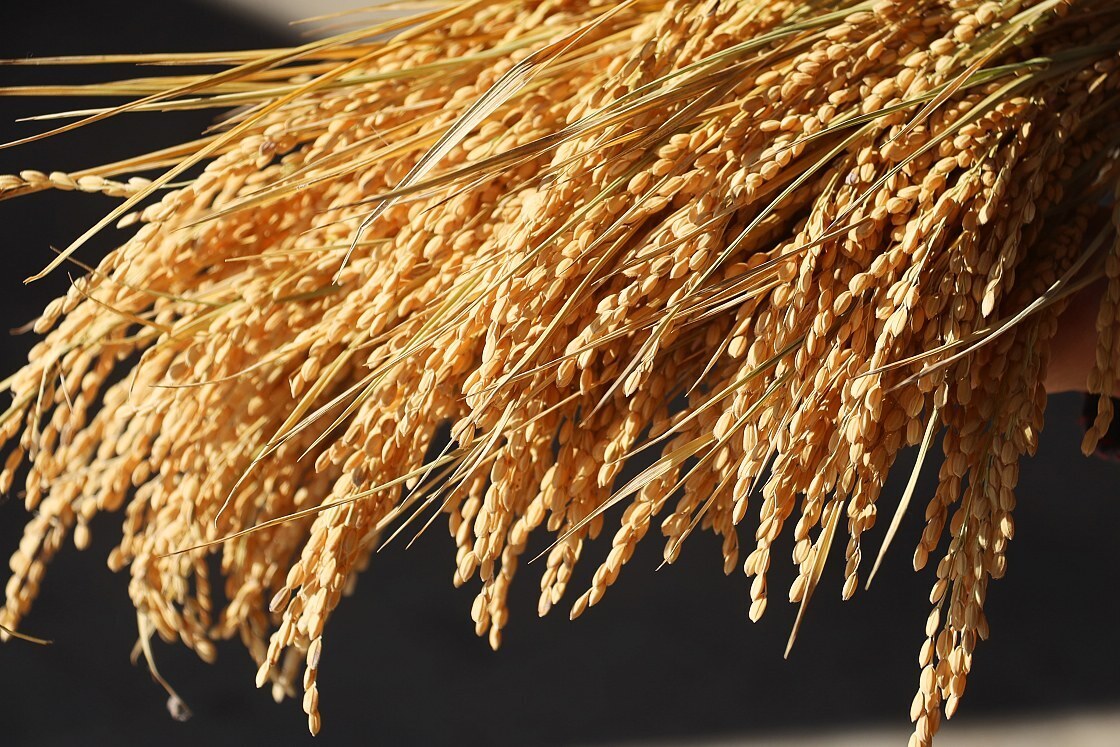
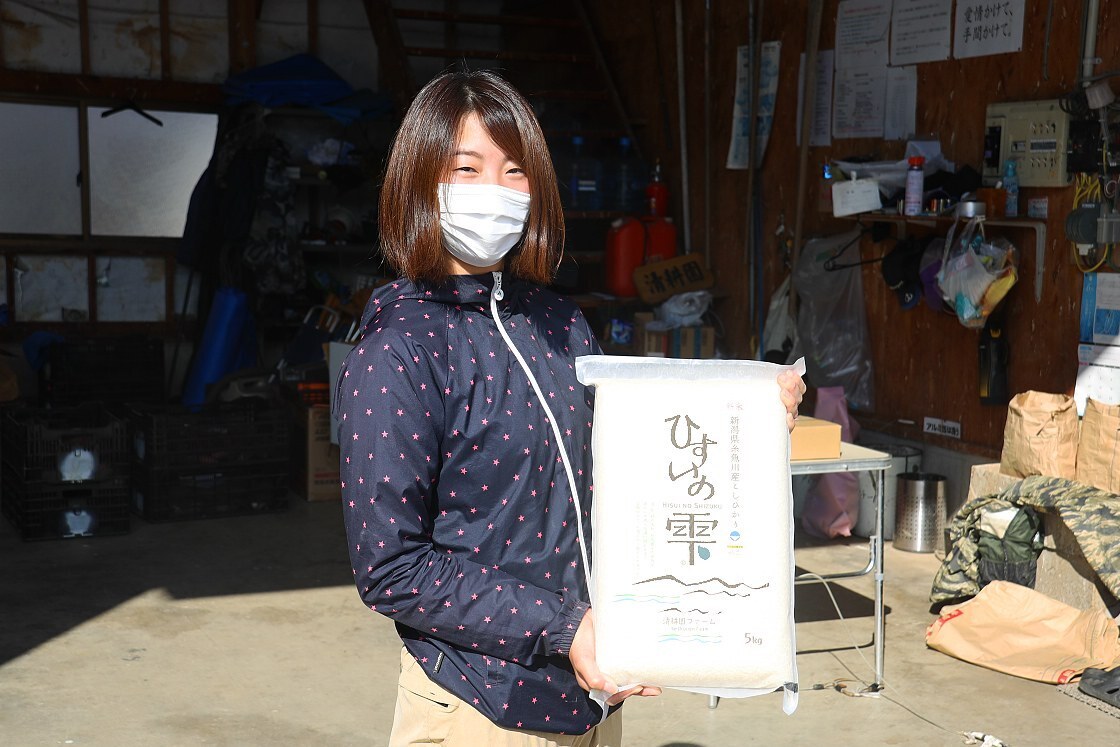
Drop of Jade)
Like most of Niigata Prefecture, Itoigawa is known for its heavy snowfall, coarse soil and significant differences in temperature between day and night. Fortunately, the same conditions that can make life here so challenging are also perfectly suited to rice cultivation. For Yokoi-san however, the real secret of Itoigawafs success lies in its topography: gbecause the distance from the sea to the mountains is short, cold melted snow flows abundantly through the irrigation canals all year round.h
In common with farms throughout Japan, the calendar here is dominated by the endlessly renewing life cycle of rice: germination in April, planting in May and harvest - always the most exciting time of year - in September. Seikouen Farm's biannual harvest festival takes place in May and September, and has grown over the years to become a popular attraction in its own right, drawing local families, rice field owners and an increasing number of tourists from the big cities.
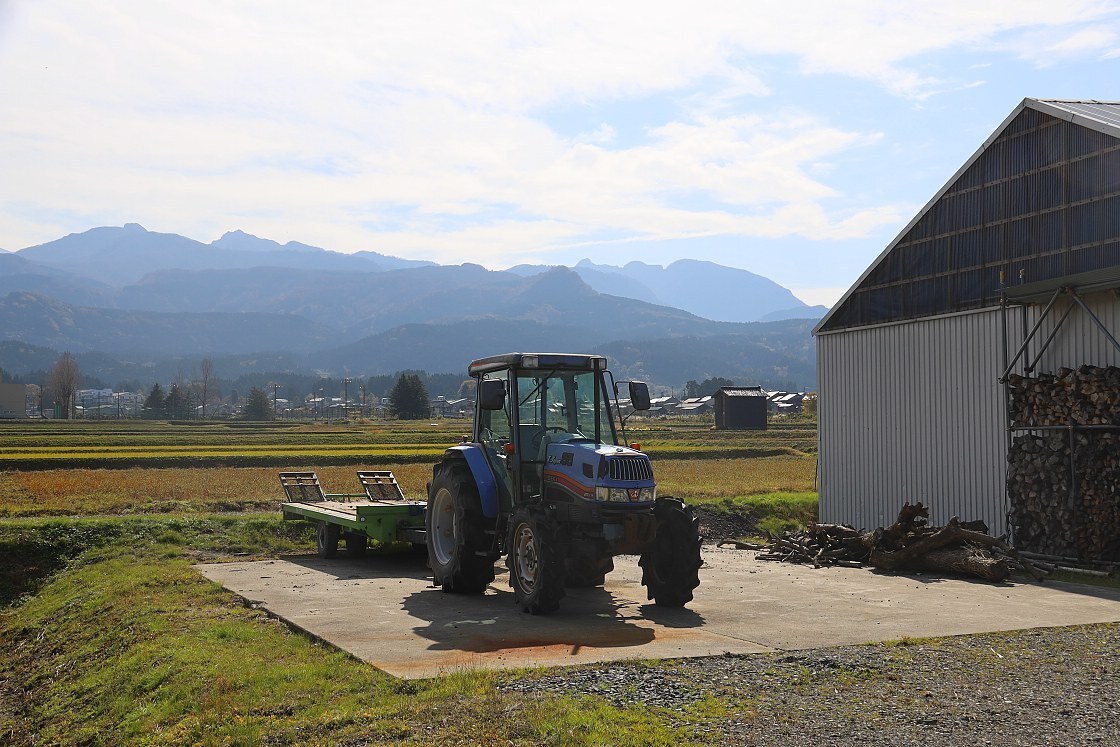
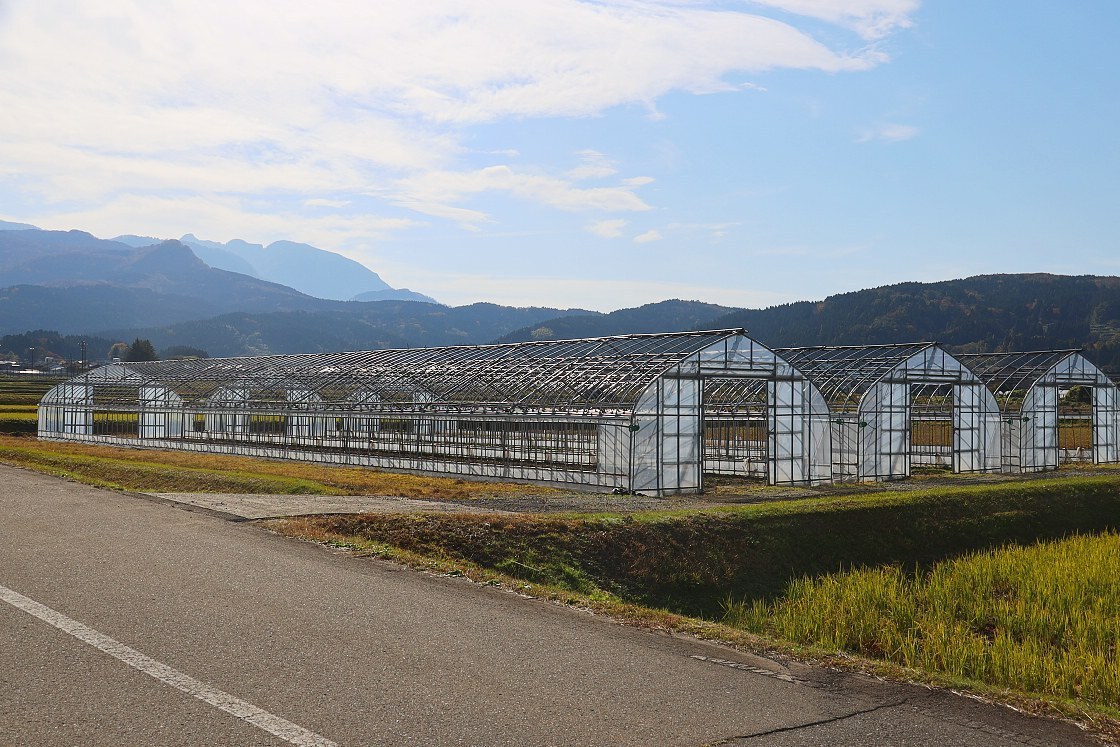
In addition to the farmfs chief output of rice, a whole range of fruits and vegetables are grown here from sweet potato, or satsumaimo, to figs and even muscat grapes. Capitalizing on her earlier work experience, Yokoi-san hopes to further diversify with the addition of a French restaurant, set to open in autumn of 2023.
Asked about her own life here in Itoigawa, Yokoi-san describes a lifestyle with some hardships but also highly rewarding moments: gthe difficult part is that it can be physically quite hard work, especially in summer. But then I also get to share the joy of harvesting and the fun of farming with customers through sales and farming experience events.h
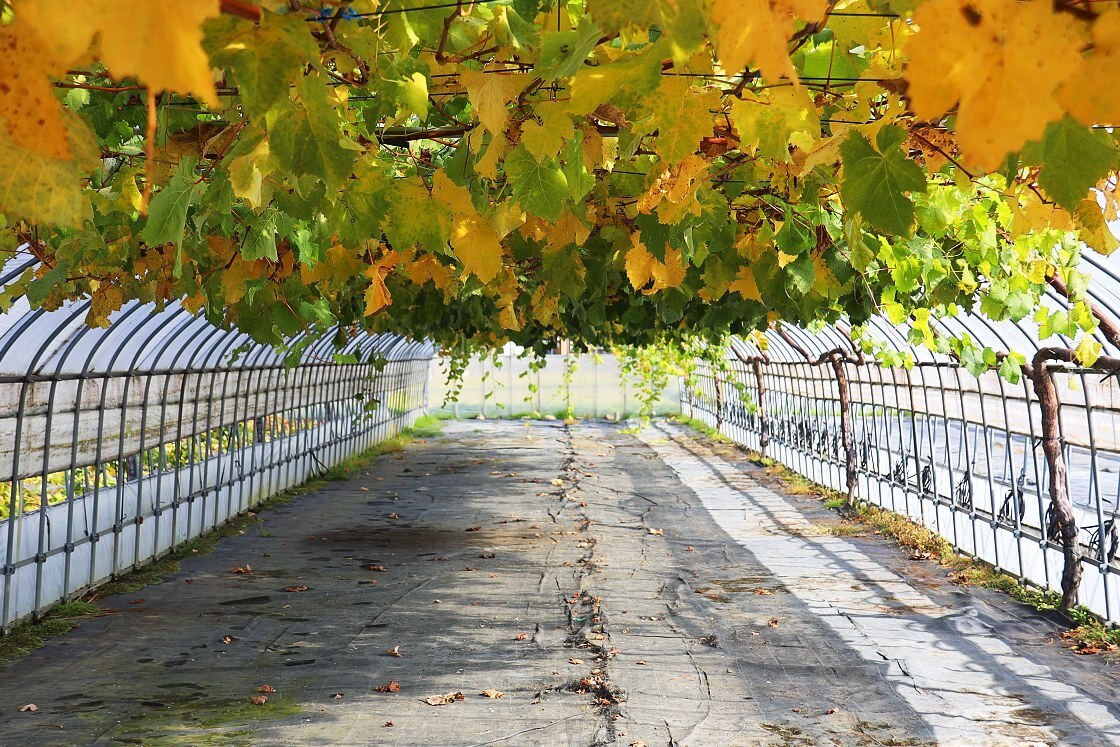
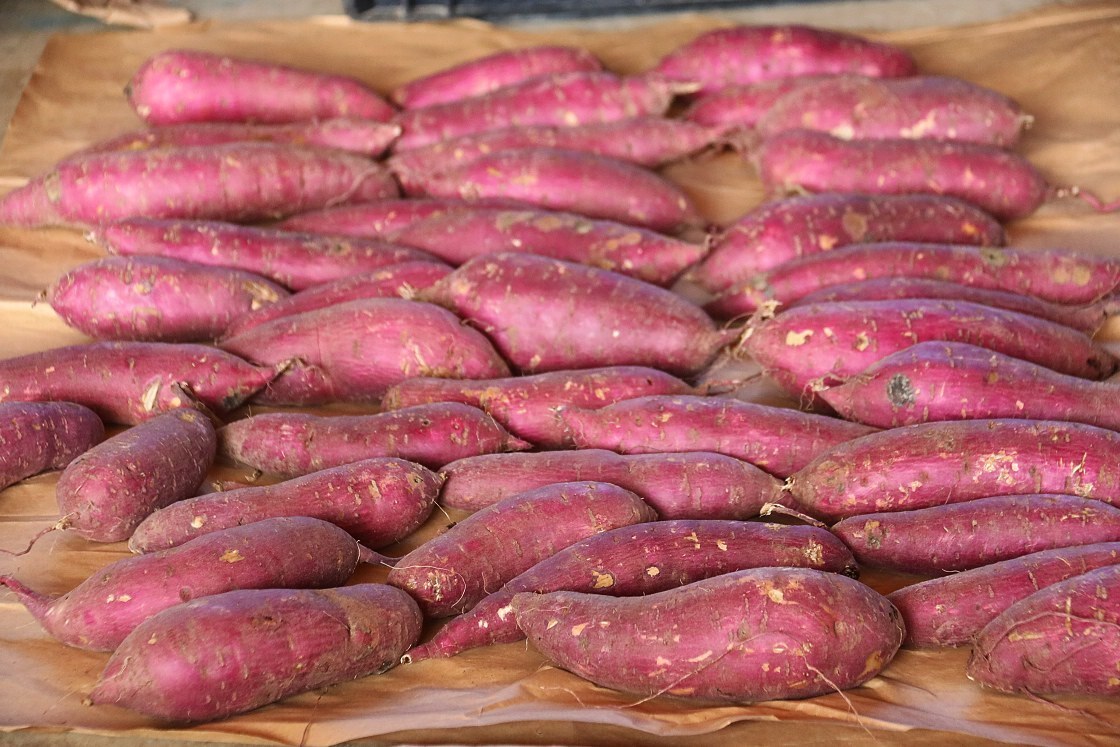
Through her efforts to revitalize the farm and promote agriculture in her area, Yokoi-san hopes to address a grave threat to Japan's rural communities: gI have a sense of crisis that the area where I was born and raised will disappear due to depopulation in the near future, so I would like to carry out activities to preserve the area.h
Saying my goodbyes, I left the farm and made my way south along a country lane, taking my time to enjoy both the mountains and thick foliage, then just beginning to turn in the cool air of early fall.
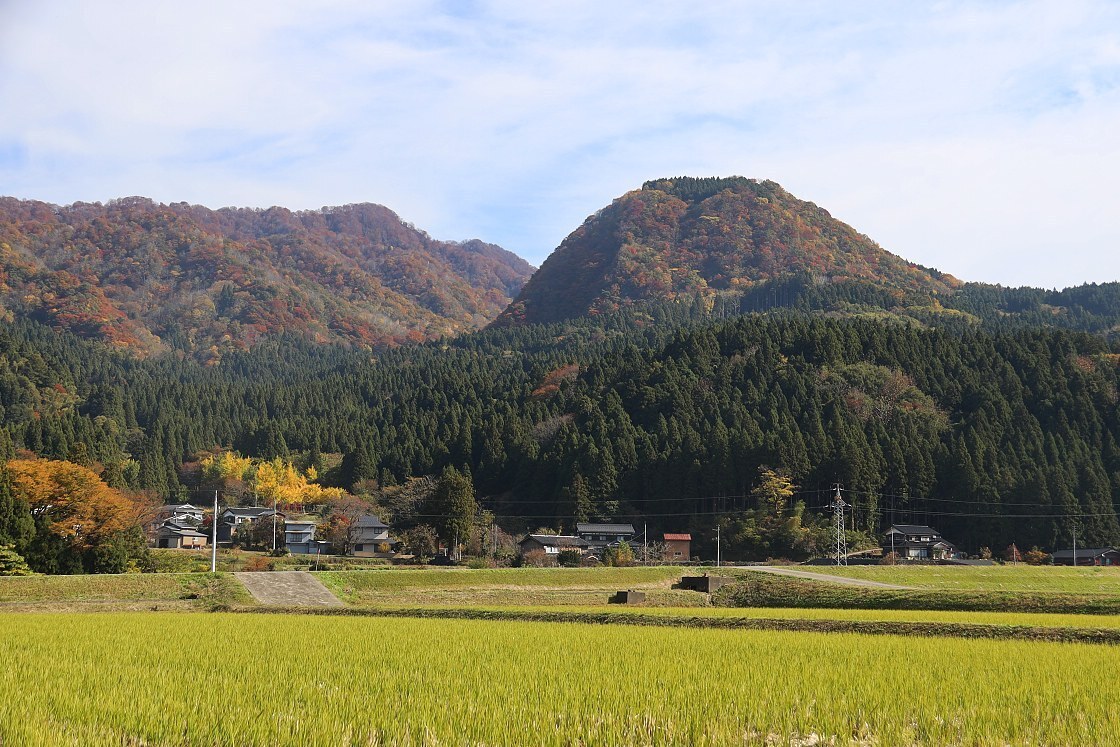
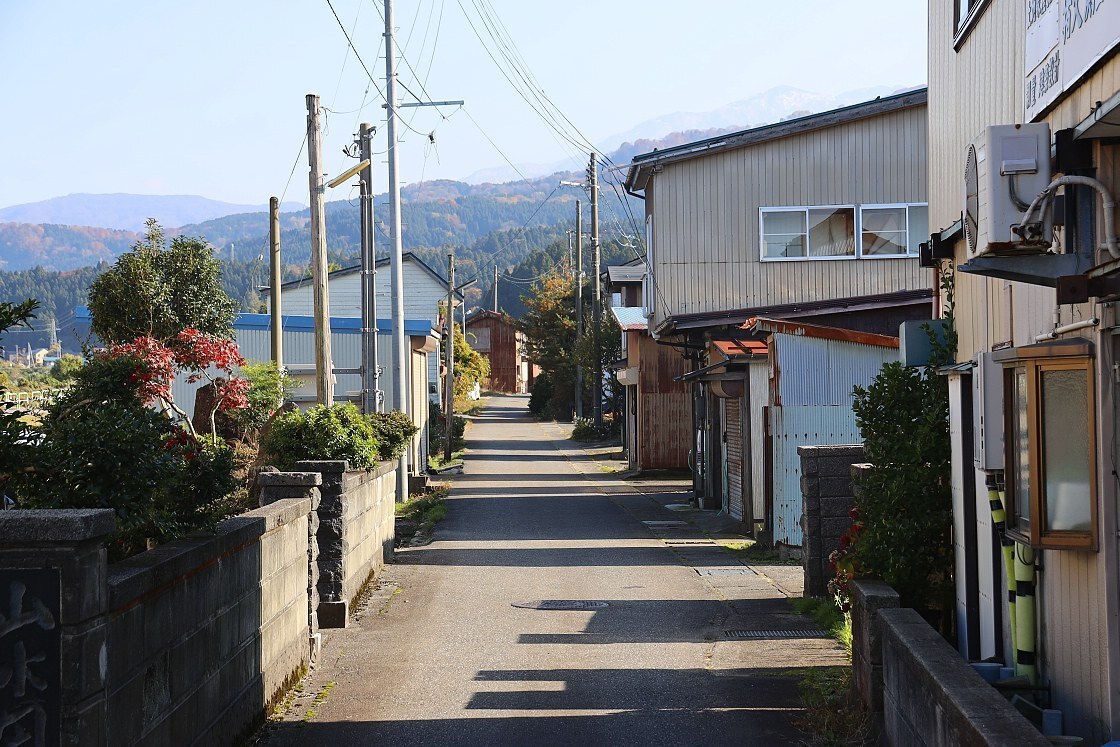
Crossing over the Hayakawa River, I arrived at the little town of Aramachi and my second destination of the day, the Inomata Sake Brewery, which is not usually open to the public.
At just 31, Inomata Chikara is surprisingly young and fresh-faced for the fifth-generation head of a traditional brewery, with a laid-back manner and an infectious laugh. After giving our introductions at his family's beautiful machiya-style house, we made our way across the street to the brewing floor for a glimpse into Japan's national drink.
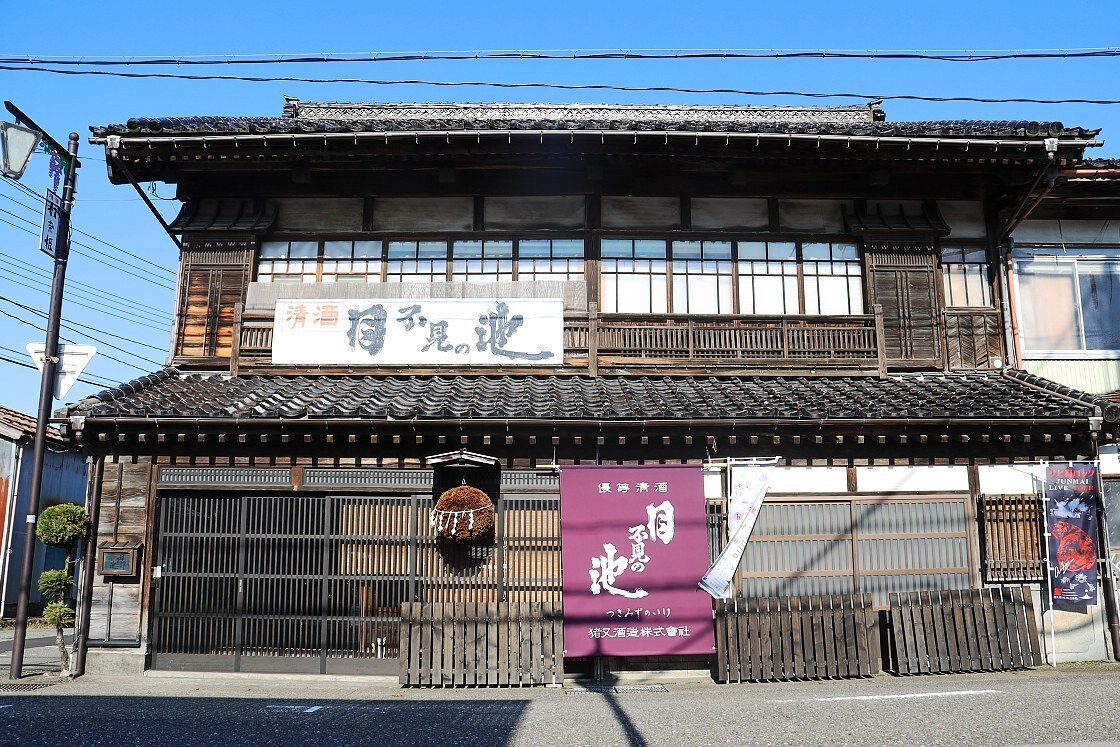
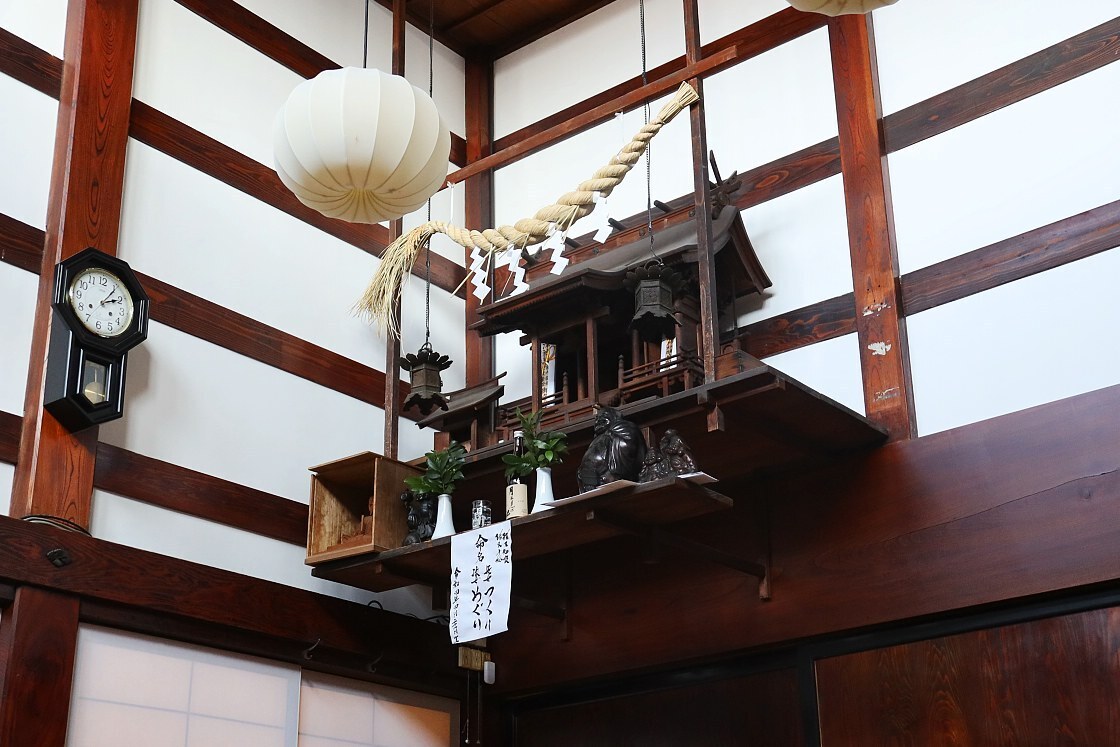
As Inomata-san explained, all sake begins with four simple ingredients: rice, water, yeast and aspergillus oryzae, a microorganism better known in Japan as koji, used to convert the ricefs starch content into sugar. The Inomata Brewery is somewhat unusual in that it farms its own rice especially for the purpose, rather than sourcing it from elsewhere.
The rice itself is also polished quite differently from its culinary counterpart, with the outer layer - where most of the fat, vitamins and protein are stored - milled away leaving a noticeably smaller, smoother grain.
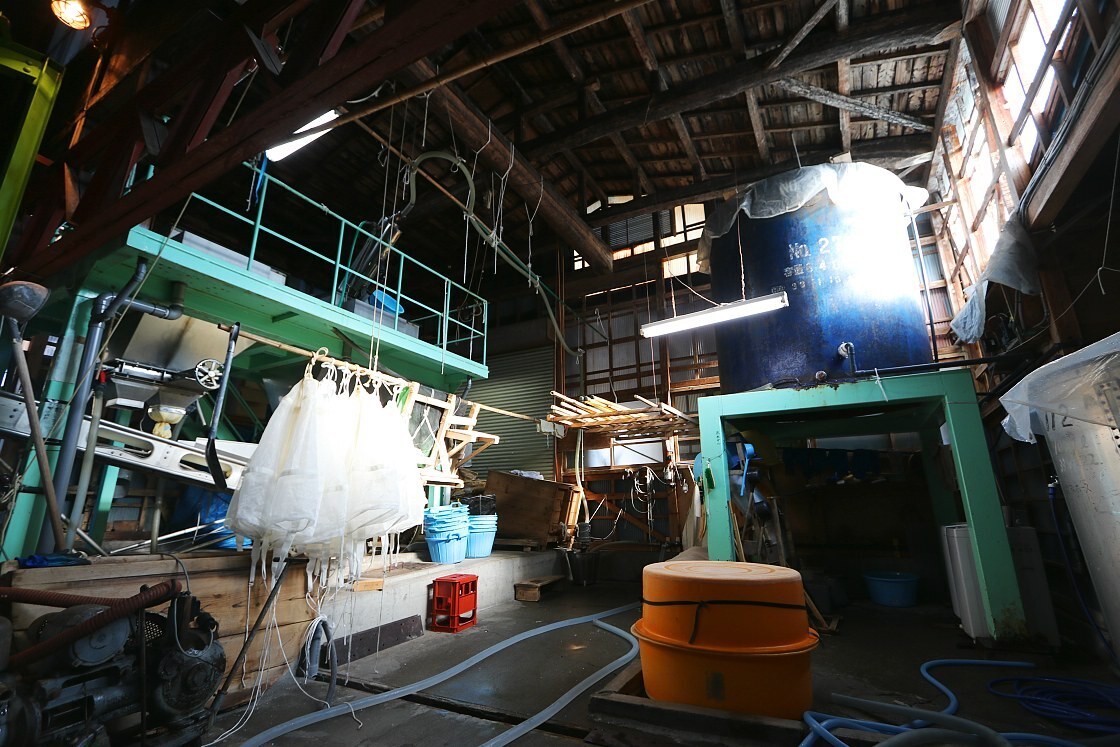
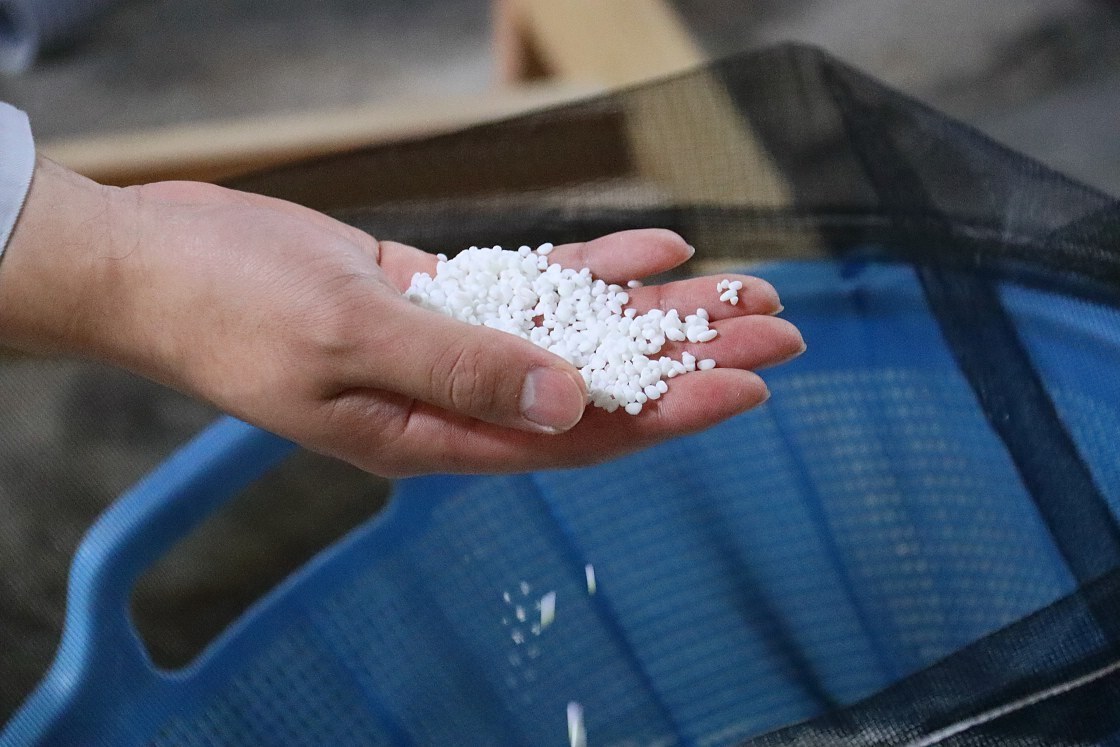
For the 132 years since its founding, the brewery has used its own unique strain of koji, each batch painstakingly cultivated over a three-day period on rice kept at precisely 42 degrees. Water is all sourced from within Itoigawa and originates nearby in the mountains overlooking the valley, making it mineral-rich and exceptionally pure.
Fermentation takes place in special tanks over three stages - each adding fresh batches of steamed rice, water and koji starter. Unlike shochu - another traditional Japanese drink - sake is not matured in a tank but instead bottled and stored at a cool temperature for weeks, months, or sometimes even years depending on the flavor profile.
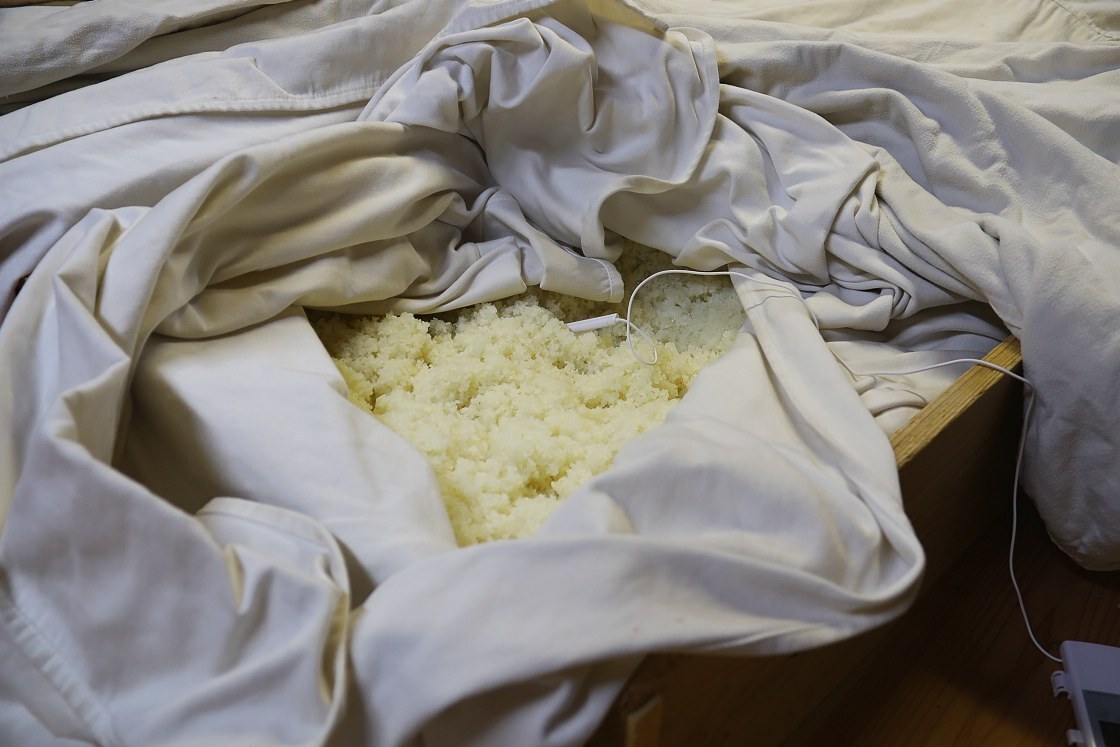
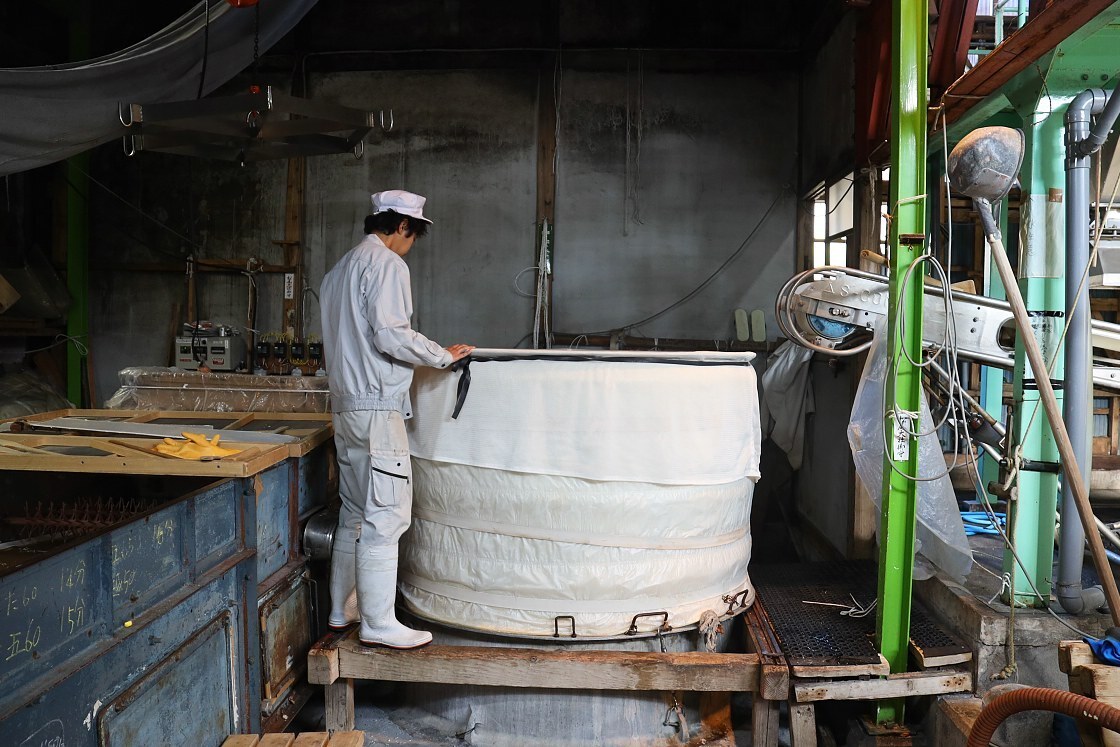
gAs for the quality of the sake,h Inomata-san explained, git has a gentle aroma - not too overwhelming - and a refreshing flavor with the umami of rice. What wefre aiming for is something gjust righth - a durable and solid sake that does not deteriorate easily, and is mature and delicious.h
Much like Yokoi-san from Seikouen Farm, Inomata-san's journey to the family business took him on a circuitous path, beginning with vocational school and a stint at a liquor store in Nagoya: gIn addition to it being the family business, I became interested in making a traditional Japanese sake that is loved by many customers...our ideal is to brew, circulate, and give back a sake that is rooted in the local area and loved by local people.h
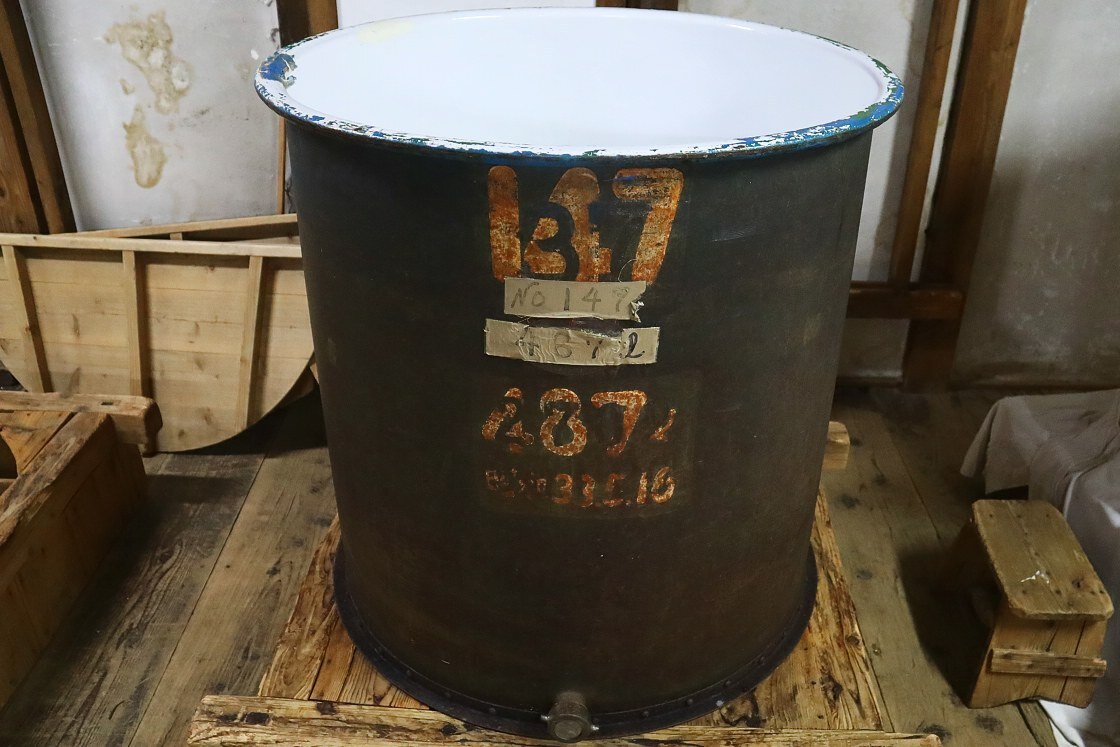
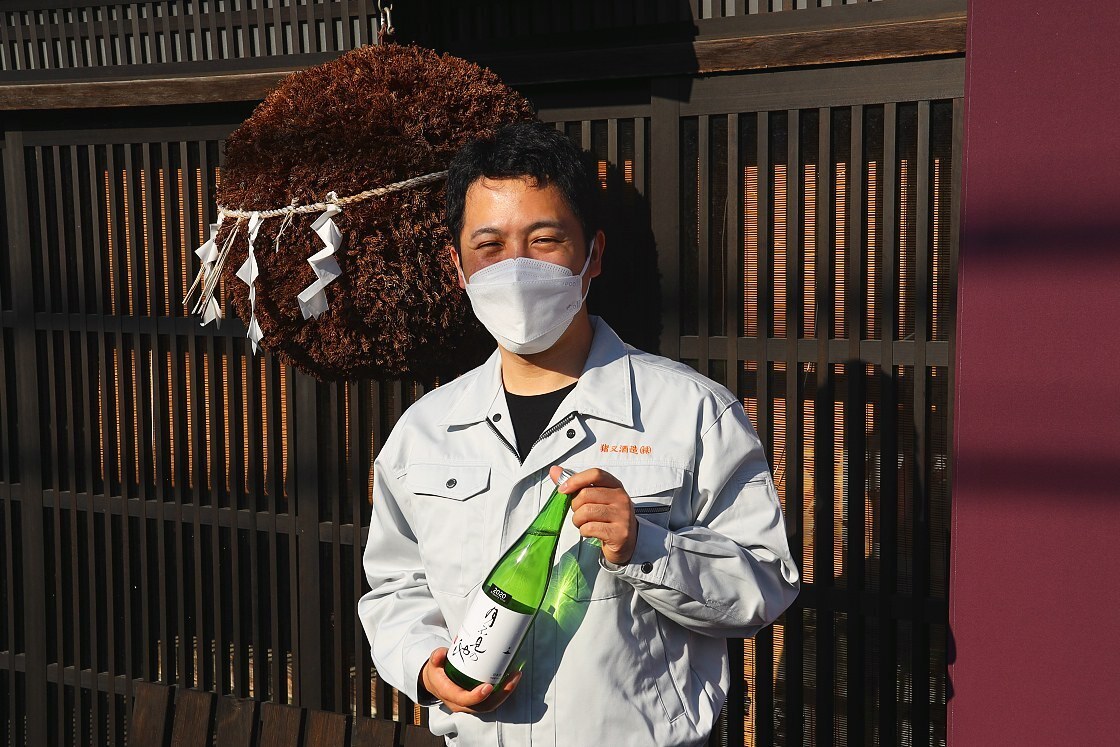
Despite his obvious passion for sake, Inomata-san takes a philosophical view of where the future of the craft may lead: gMy father taught me that no matter what kind of sake you make, you shouldnft forget the essence - since sake making has such a long history in Japan, we want someone to continue it, even if the shape and taste changes. Continuity eventually becomes tradition. I want it to be a drink that makes people happy.h
After the tour and a fascinating chat with Inomata-san, it was time to retrace my steps back towards the city center, drinking in a few last views as the sun began to set.
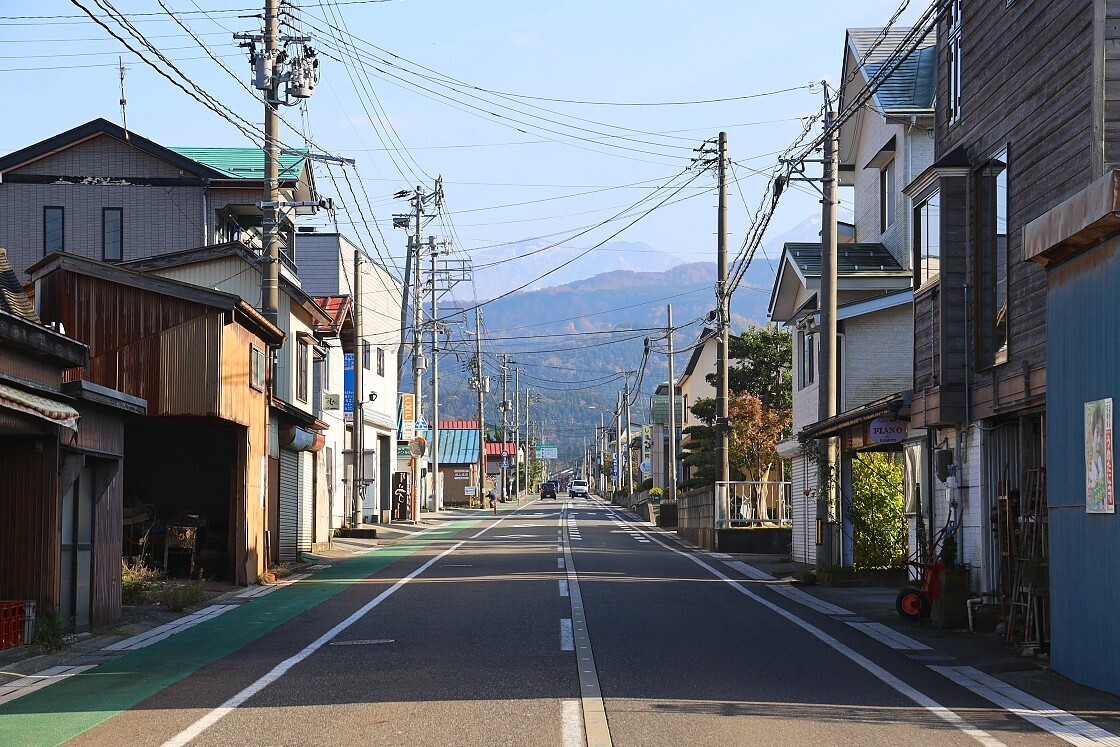
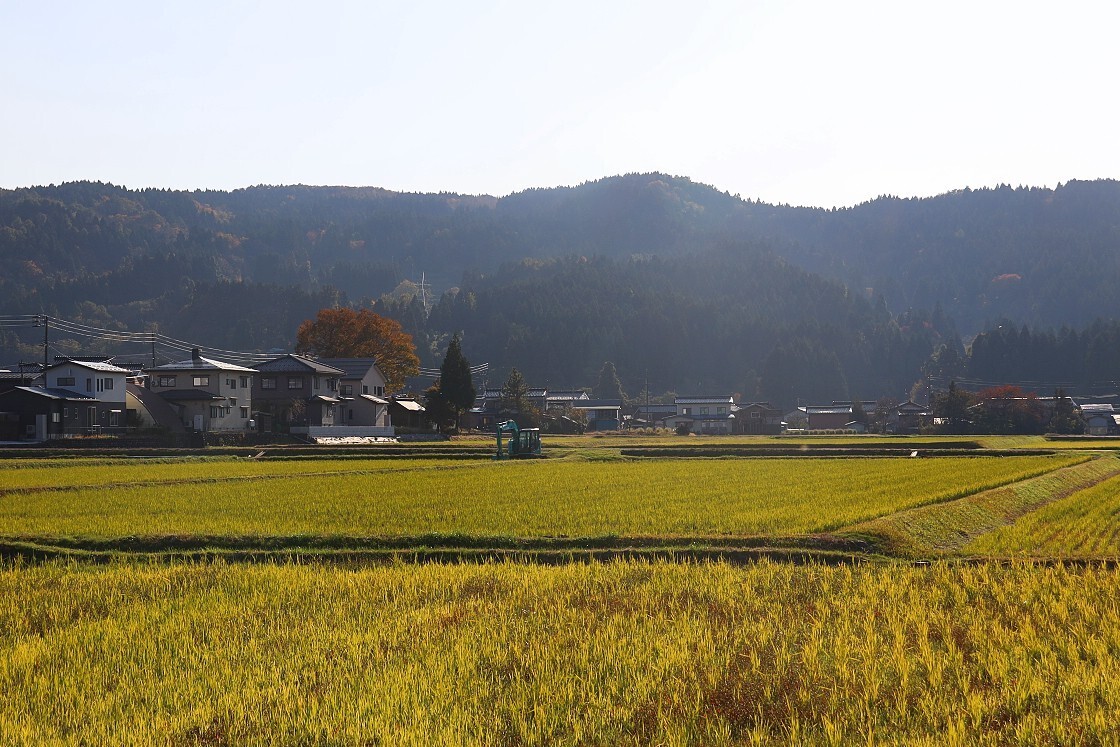
The gifts of Itoigawa's landscape do not stop at the shoreline but continue into the deep coastal waters of the Japan Sea. Here, supported by volcanic reefs and the same nutrient-rich waters that feed the region's rice fields, exists a wealth of underwater life. With such a rich and varied ecosystem right at its doorstep, it's no wonder that Itoigawa has become almost as well-known for its seafood as for its rice and sake.
Keen to try some of the local cuisine and with a little time to spare, I decided to round off my trip at Zendokoro Kurohime, a popular restaurant just a few minutes' walk from Itoigawa Station.
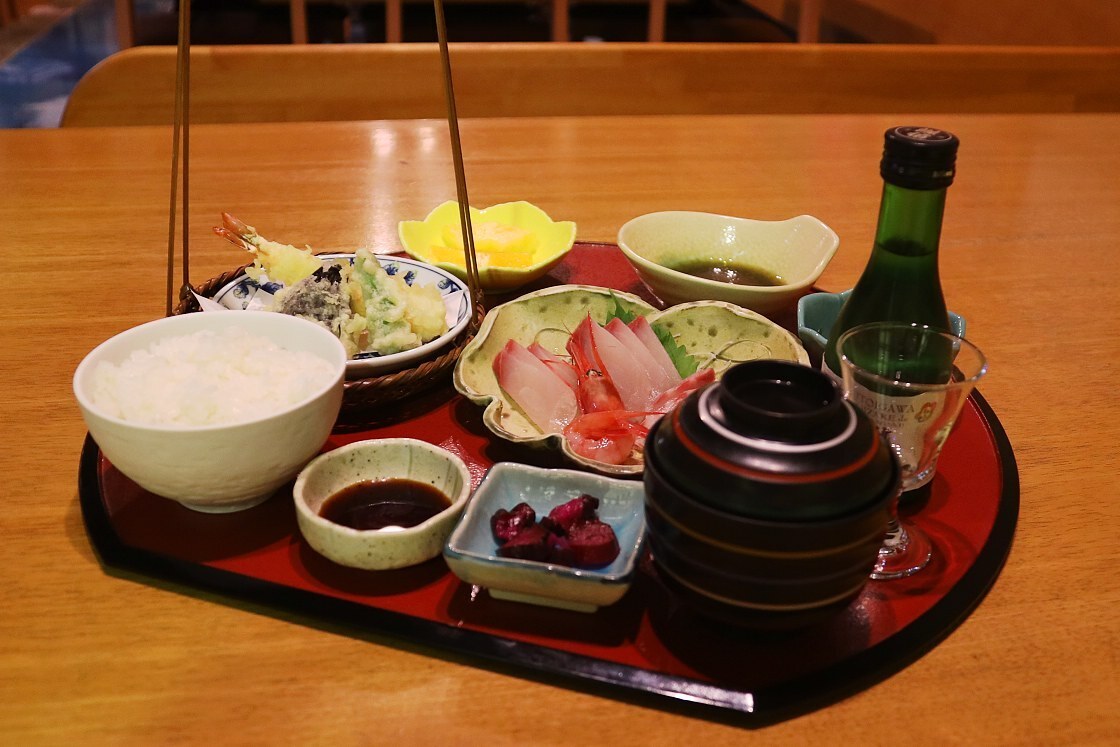
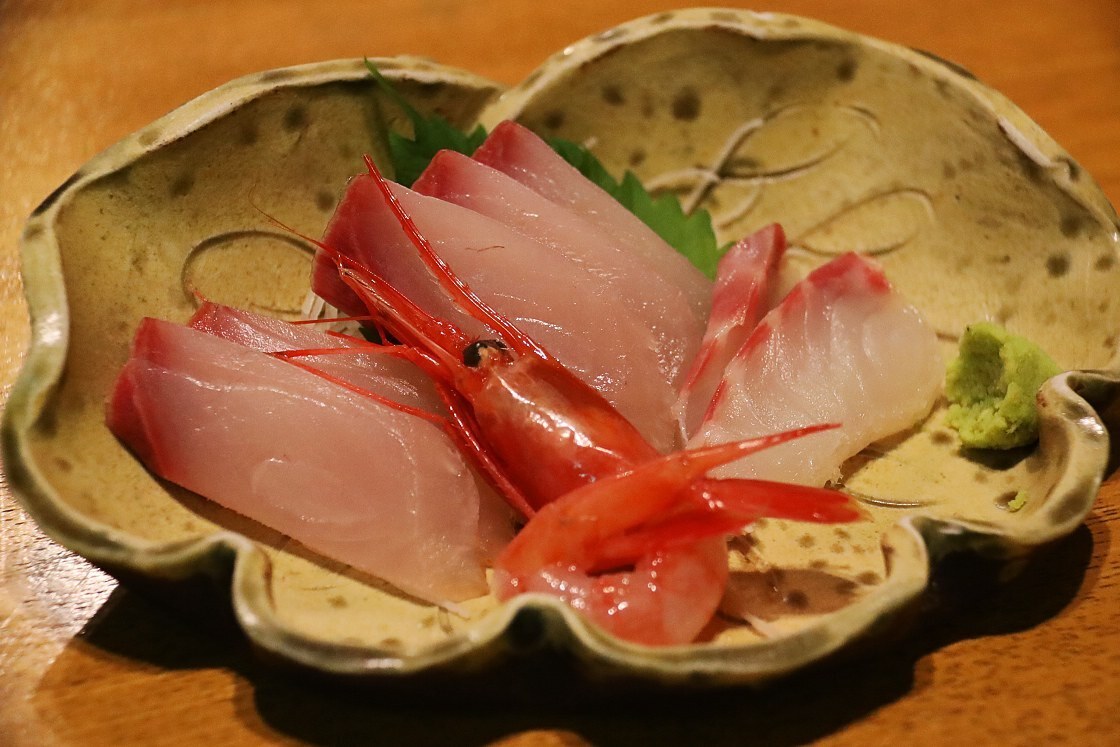
Here, I ordered a signature set with fresh sashimi, tempura, a dish of the local rice and even a little bottle of sake. Keen to try something local and lesser-known, I asked for a recommendation and ended up with megisu (deep sea smelt), which turned out to be delicious - subtle in flavor, but satisfyingly meaty.
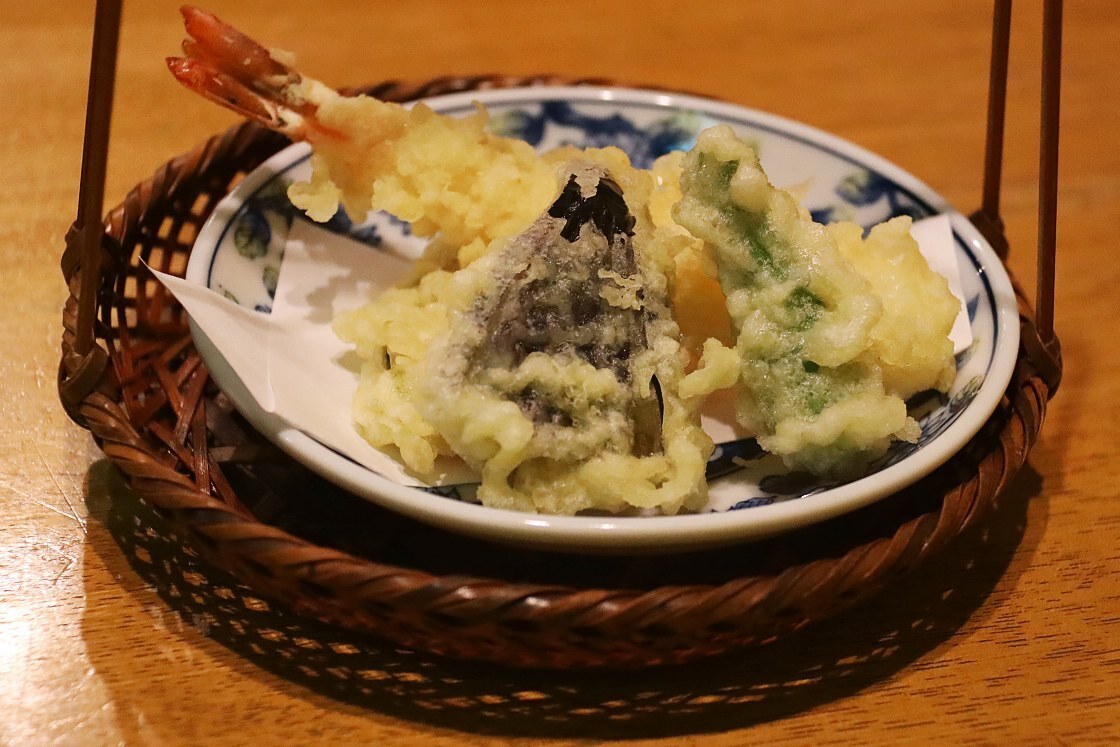
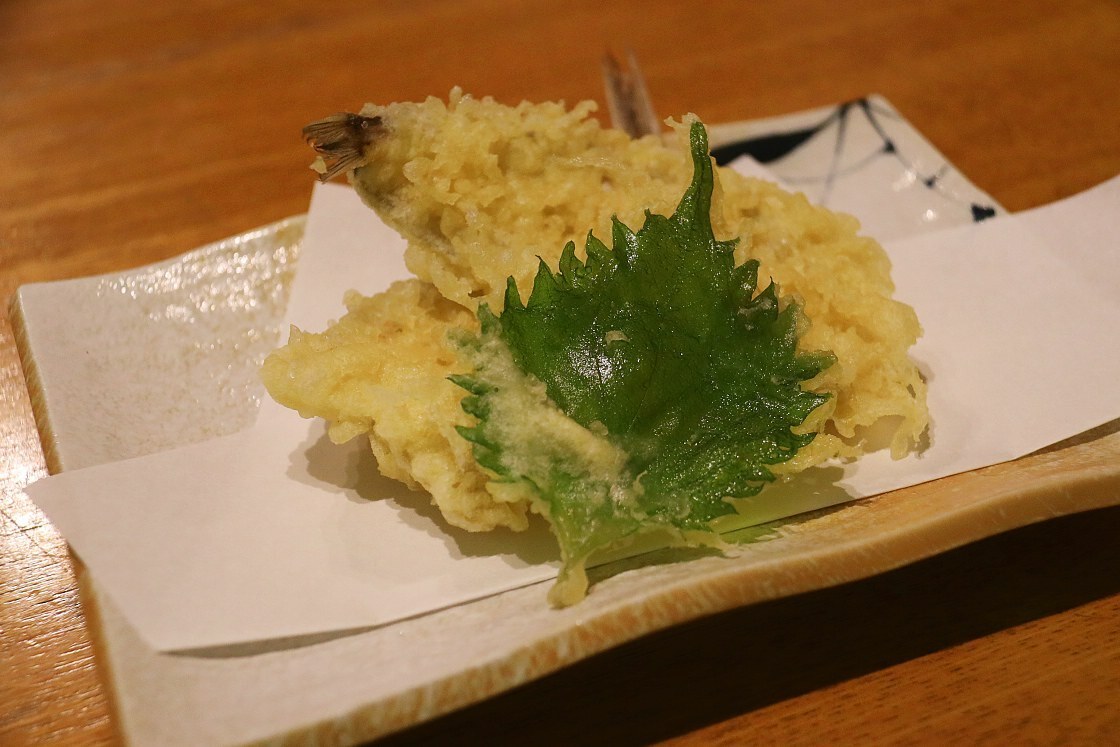
With that, my day in Itoigawa was at an end, and it was time to hurry the remaining distance to the station where my shinkansen awaited. It had been the ideal introduction - packed with beauty and fascinating details, but still leaving me hungry for more. Perhaps on my next trip, I could set out to explore some of those hiking trails.
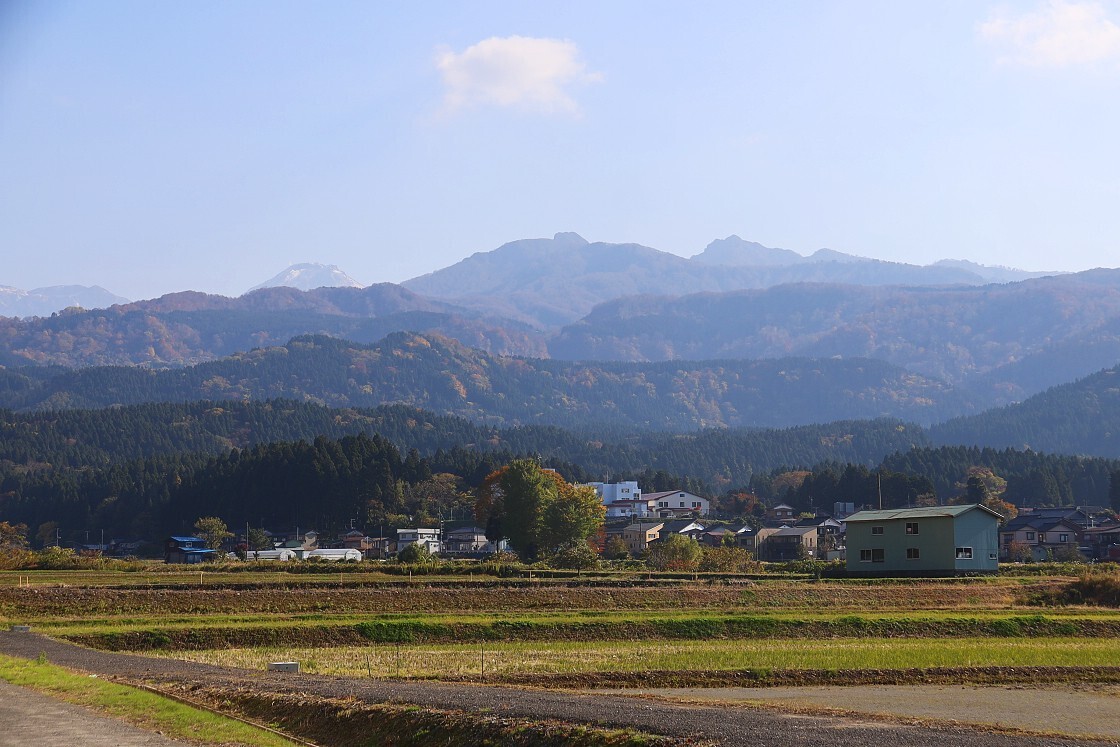
Access
From Tokyo Station, take a Hokuriku Shinkansen to Itoigawa Station. The journey takes just over two hours and is fully covered by the Japan Rail Pass.
